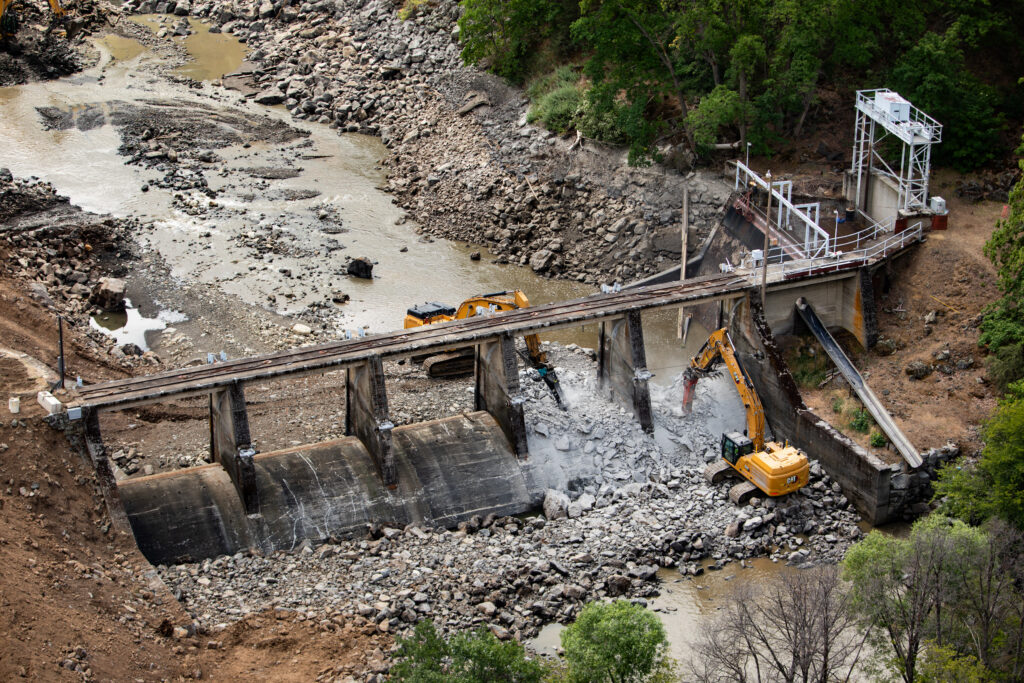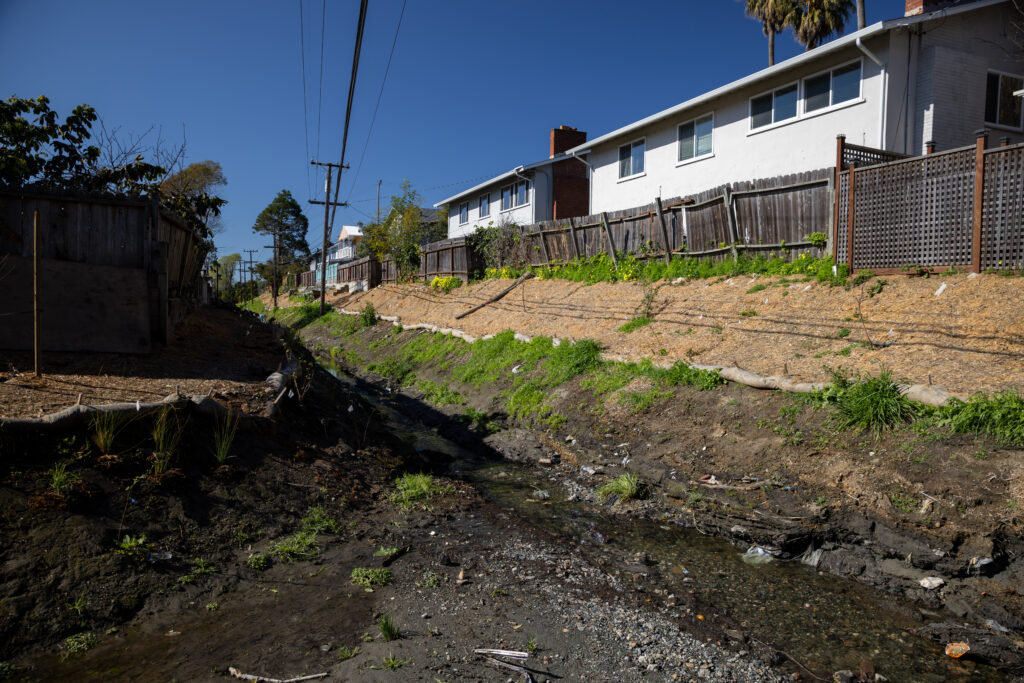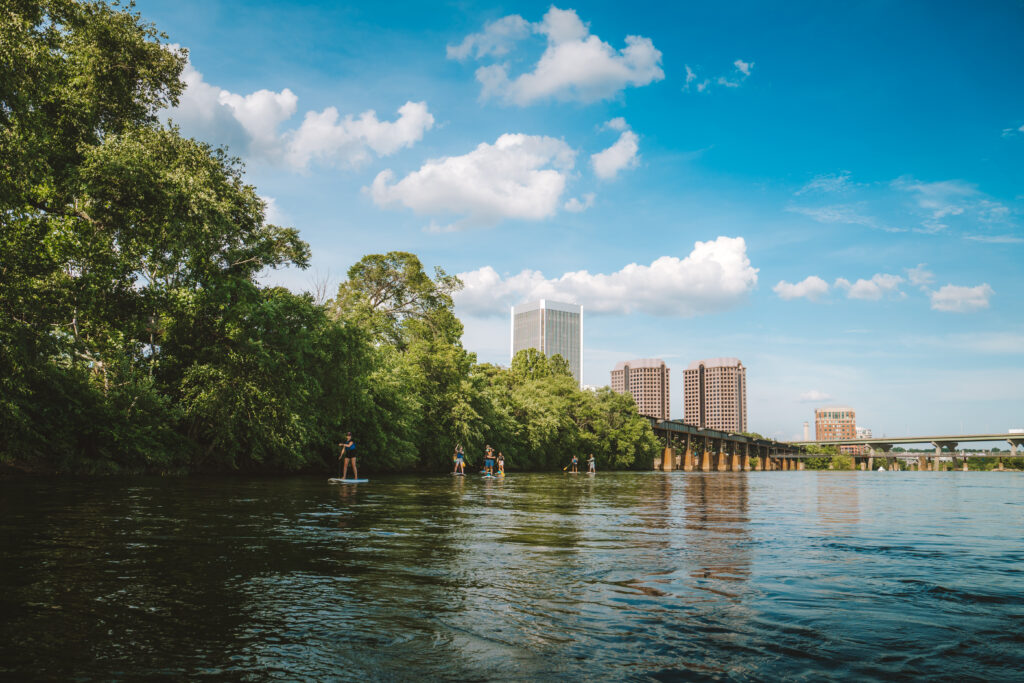The Sáttítla Highlands National Monument Was a Victory for California’s Water Future, Don’t Roll It Back
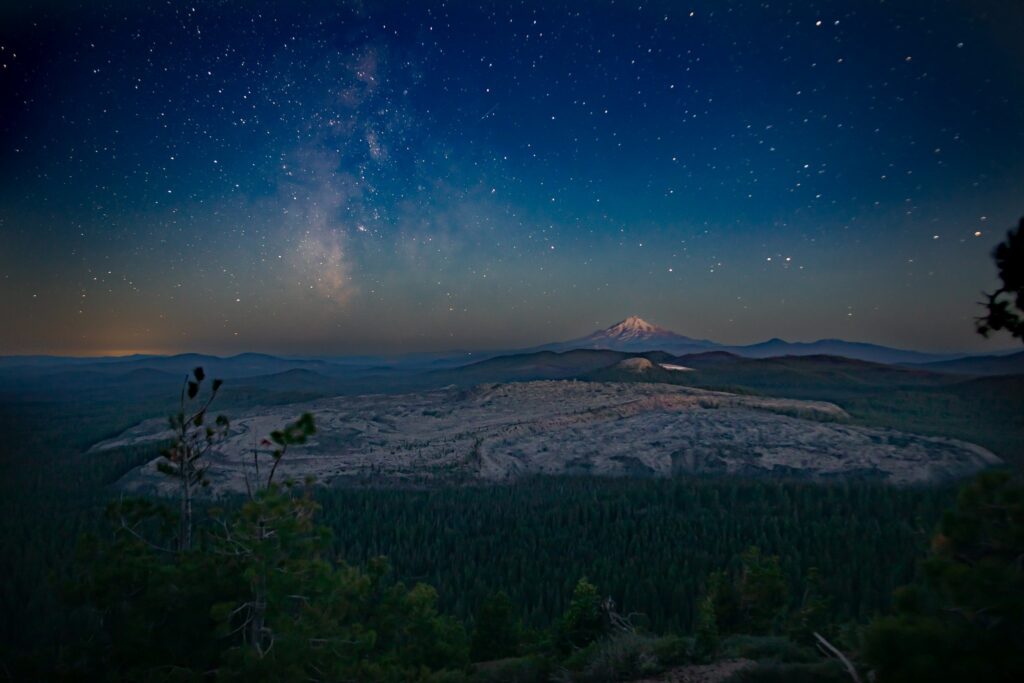
I’ve witnessed firsthand the effects and the legacy of unbridled land use on California’s headwaters in the Sierra Nevada. The streams and meadows from which these headwaters feed rivers like the Tuolumne, Merced, American, or Yuba are the lifeblood of California.
Despite their importance, many of these water sources are still recovering from more than a century of exhaustive mining, grazing, and logging that left them degraded, vulnerable, or polluted.
Restoration projects like those at Ackerson Meadow and Faith Valley Meadow help reverse that legacy, but I can’t help but imagine what those places would have looked like if they had been protected in the first place.
On January 14th, 224,000 acres of California’s Sierra Nevada range were designated under the Antiquities Act as the Sáttítla Highlands National Monument. The designation was a great advance in preserving the land, the headwaters, and the vital underground aquifer beneath them — securing a major source of California’s clean water and the heritage of our communities for generations to come.
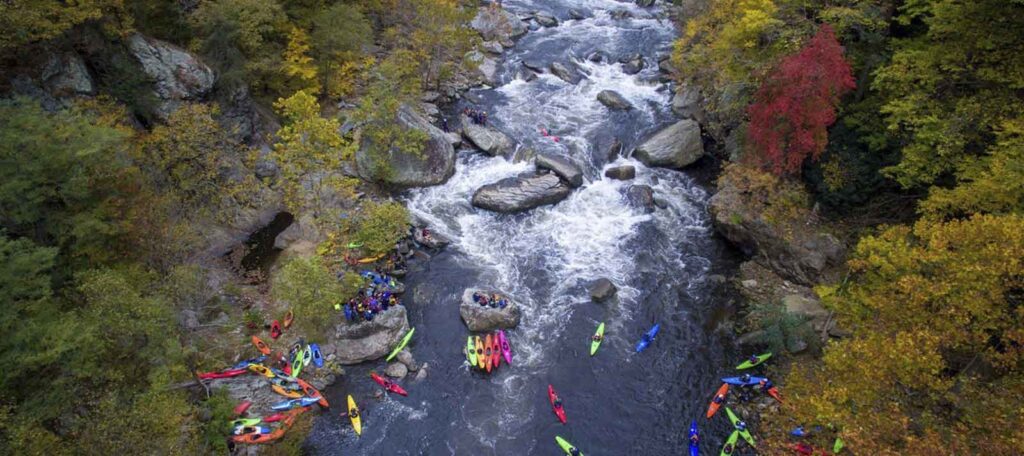
Let's Stay In Touch!
We’re hard at work for rivers and clean water. Sign up to get the most important news affecting your water and rivers delivered right to your inbox.
The aquifer supports millions of Californians, an agricultural industry that is the nation’s largest food supplier, and the world’s 5th largest economy. The volcanic geology of the region allows for the filtration of flows that can stay underground for over two decades before surfacing as clean, fresh, and cold water. It protects the source waters in the ancestral homelands for many Indigenous peoples and provides some of the cleanest water in California that supports not just world-class trout streams, but drinking water sources for millions of people. It is disappointing and antithetical to the goal of improving the nation’s health, wealth, and well-being for the Trump administration to seek to roll back the Sáttítla Highlands National Monument designation.
This designation did not materialize from thin air. Sáttítla Highlands National Monument is a region of immense cultural and historical importance to Tribes including the Pit River, Modoc, Wintu, Karuk, Klamath, Yana, and Shasta, that have resided in the area for time immemorial. The monument came from an effort initiated in the 1990s by the Pit River Tribe that grew into a coalition of Tribes and organizations who understood the need to protect this area from future development.
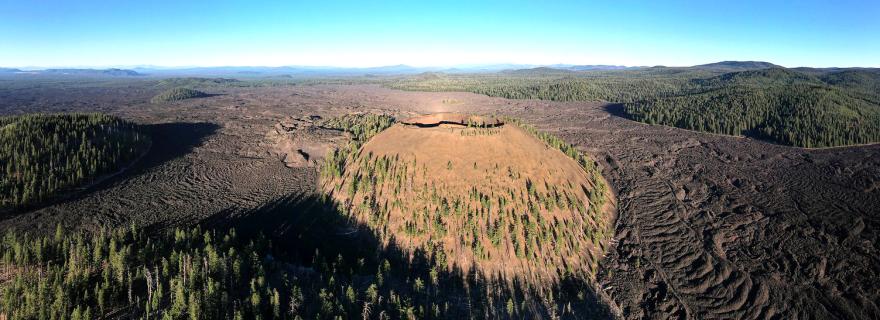
For decades, former presidents have used the Antiquities Act to preserve and protect lands and water sources for the betterment of our nation, with more than 100 having been created since the turn of the century.
The value of national monuments extends beyond the ecological. Much like national parks, national monuments are a net positive in economic terms, a strong investment in the state and communities near the monument that creates jobs for the surrounding region driven by increased tourism as well.
In an era of a changing climate, where snowpack is decreasing and extreme weather patterns are disrupting hydrologic cycles, we need to use every tool at our disposal to support the nation’s water wealth and the people and wildlife that depend on it. That includes restoration efforts like meadow restoration, sustainable, climate-smart forest management as well as federal protections.
Simply, the Sáttítla Highlands is exactly the kind of protected place from which everyone benefits. It is a win for people, a win for nature, a win for job creation and our pocketbooks, and an important win for our cultural history.

